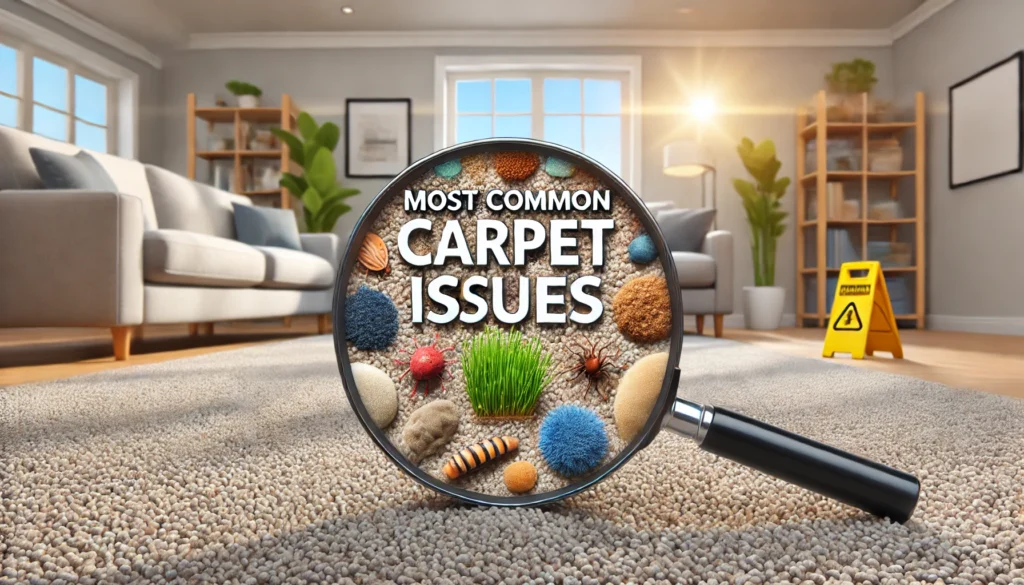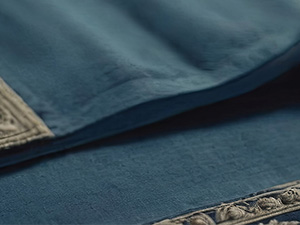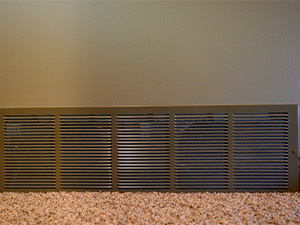Crack or Fissure? What’s the Difference?
Sometimes these “cracks” in natural stone countertops are not cracks at all, but fissures, something that resembles a crack. Read more to learn the difference.
Sometimes these “cracks” in natural stone countertops are not cracks at all, but fissures, something that resembles a crack. Read more to learn the difference.
If you have pets, maintaining clean, fresh, and inviting carpets and interior textiles can be a challenge. Read this article for some simple and effective tips.

Keeping carpets fresh, clean, and inviting does not need to be difficult. Learn about the four most common carpet problems

There are challenges when it comes to keeping carpet clean. You might be wondering if stain protectant is right for

Want to take a glossy, polished surface to a soft satin finish or elevate a matte surface to a dazzling

Carpet rippling after cleaning is a common but manageable issue. Understanding the causes & solutions ensures carpets stay smooth,

Do you know what stone restoration is? It is a game-changer for anyone who wants to revive the beauty

As the air passes through the carpet fibers, it deposits particles of dust, pollen, smoke, & other contaminants, which accumulate